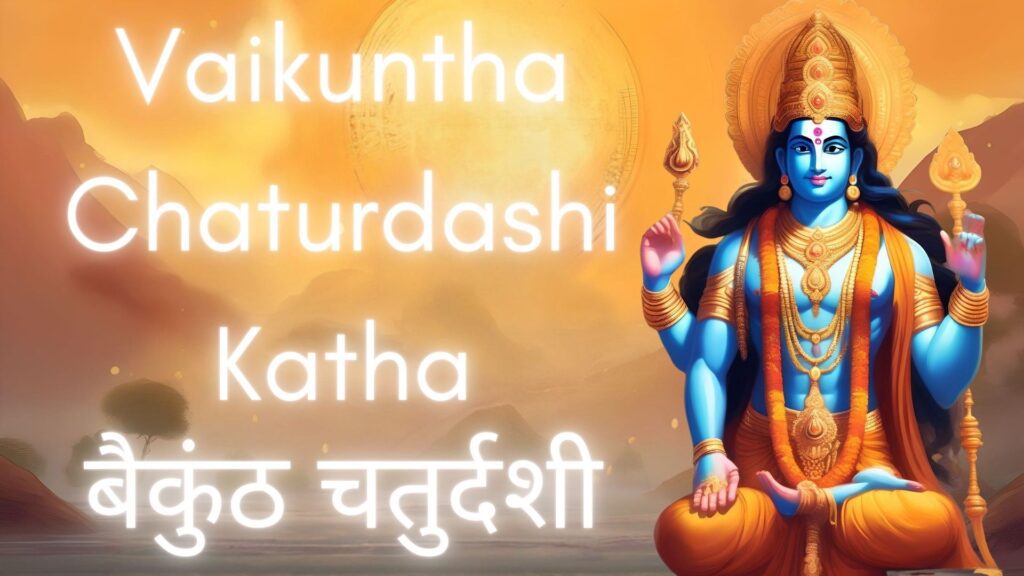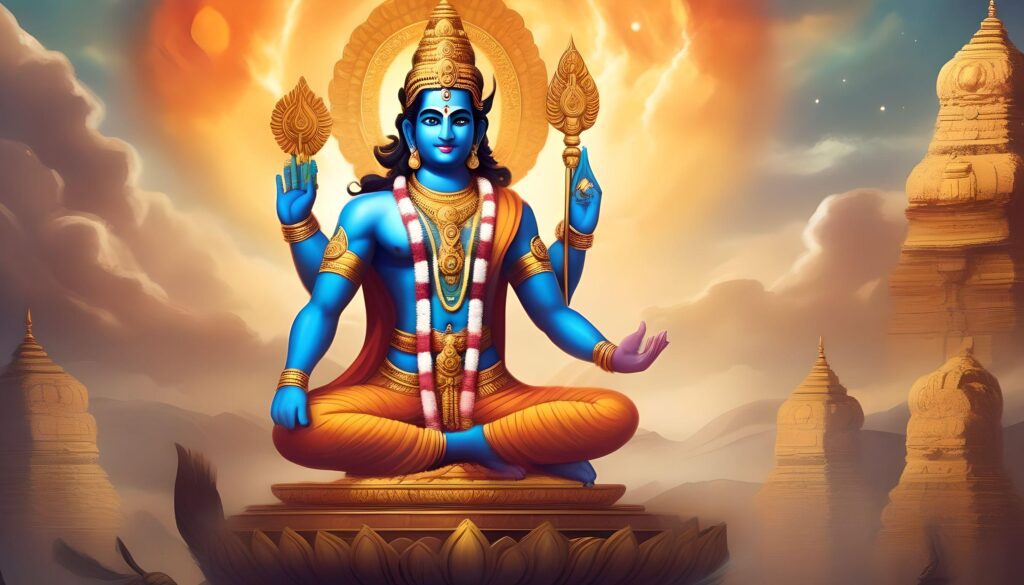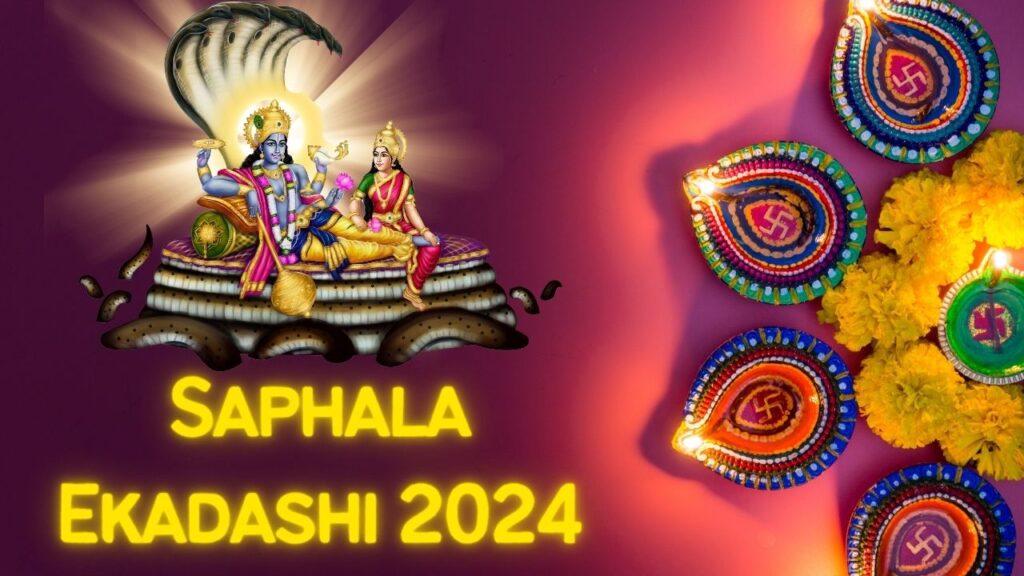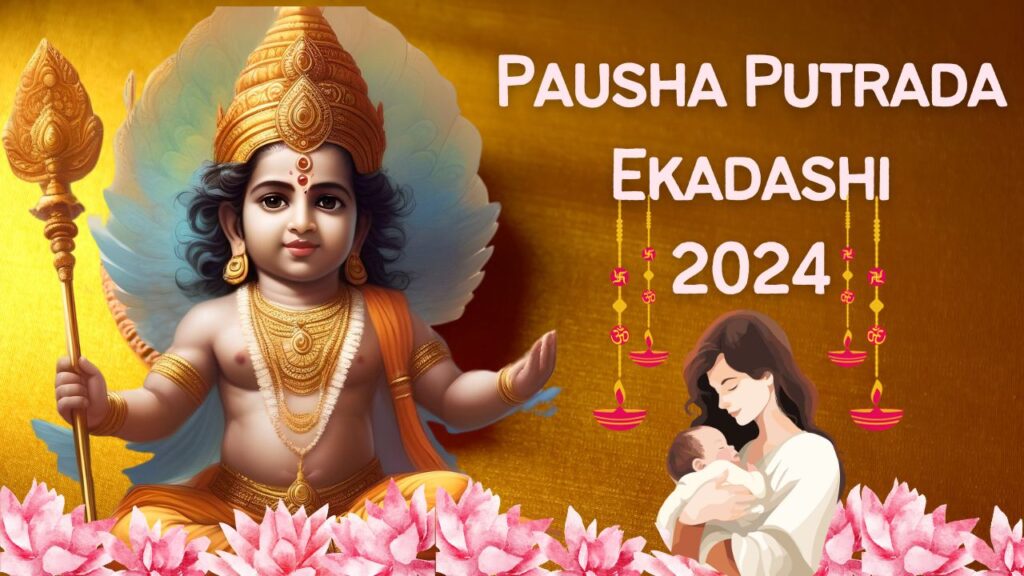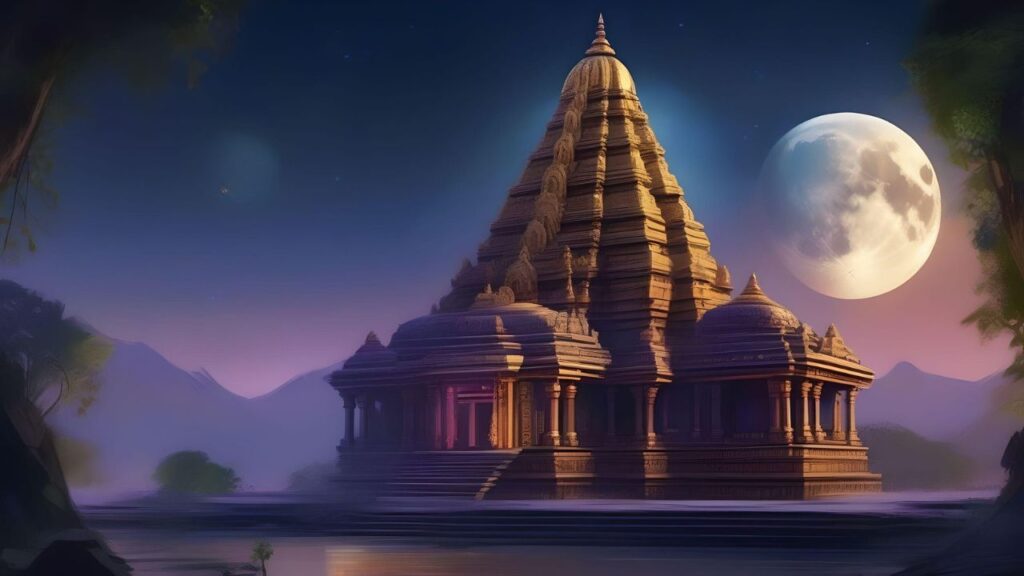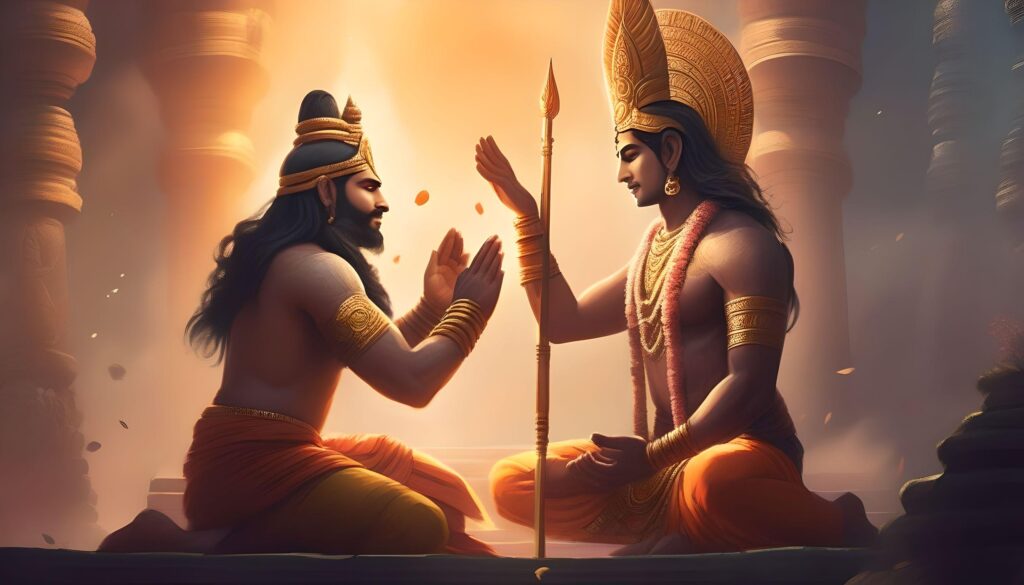Vishnu Avatars: 10 avatar of lord vishnu
Introduction
For millennia, Vishnu, the preserver and protector of the Hindu triumvirate, has captivated the hearts and minds of devotees. The supreme deity, Vishnu, is revered for his capacity to descend to the earthly plane in a variety of incarnations, or avatars, to restore righteousness whenever humanity is imperiled by chaos or evil. He is responsible for maintaining cosmic order.
The Dashavatara, a pantheon of Vishnu’s avatars, is a tapestry of diverse forms and narratives, each of which is woven with profound symbolic significance. These avatars have inspired generations of artists, philosophers, and devotees, from the mythical Matsya, the fish that saved humankind from a great deluge, to the mighty Kalki, the harbinger of a new golden age.
Matsya: The Savior in Aquatic Form
Vishnu’s initial avatar, Matsya, serves as a testament to the deity’s function as the protector of life. The first man, Manu, is warned of an imminent cataclysmic flood by Vishnu, who manifests as a colossal fish in this guise. Manu gathers the seeds of all living creatures and seeks refuge in a boat, which Matsya then steers to safety, thereby ensuring the world’s survival. This action is in accordance with the divine warning.
The Matsya avatar is not merely a whimsical narrative; it is a profound allegory for the cyclical nature of creation and destruction. Vishnu’s avatars are believed to intervene at critical junctures in history to protect the cosmic order, much like the fish avatar rescues the world from the waters of annihilation.
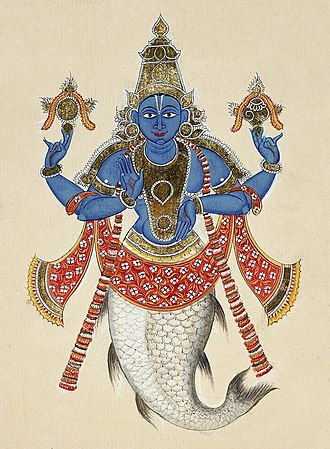
Image Source: Wikipedia
Kurma: The Tortoise that Upholds the Universe
Kurma, the divine tortoise, is the embodiment of Vishnu in the second avatar. In the ancient Hindu legend of the churning of the cosmic ocean, the gods and demons united to extricate the elixir of immortality from the primordial waters. This incarnation is closely associated with this event.
Vishnu assumes the form of a colossal tortoise, which carries the formidable Mount Meru on its back, thereby ensuring the stability of the churning process, which is on the brink of destabilizing the very foundations of the universe. This act of altruistic service not only maintains the cosmic equilibrium but also serves as a testament to Vishnu’s unwavering dedication to the welfare of all creation.
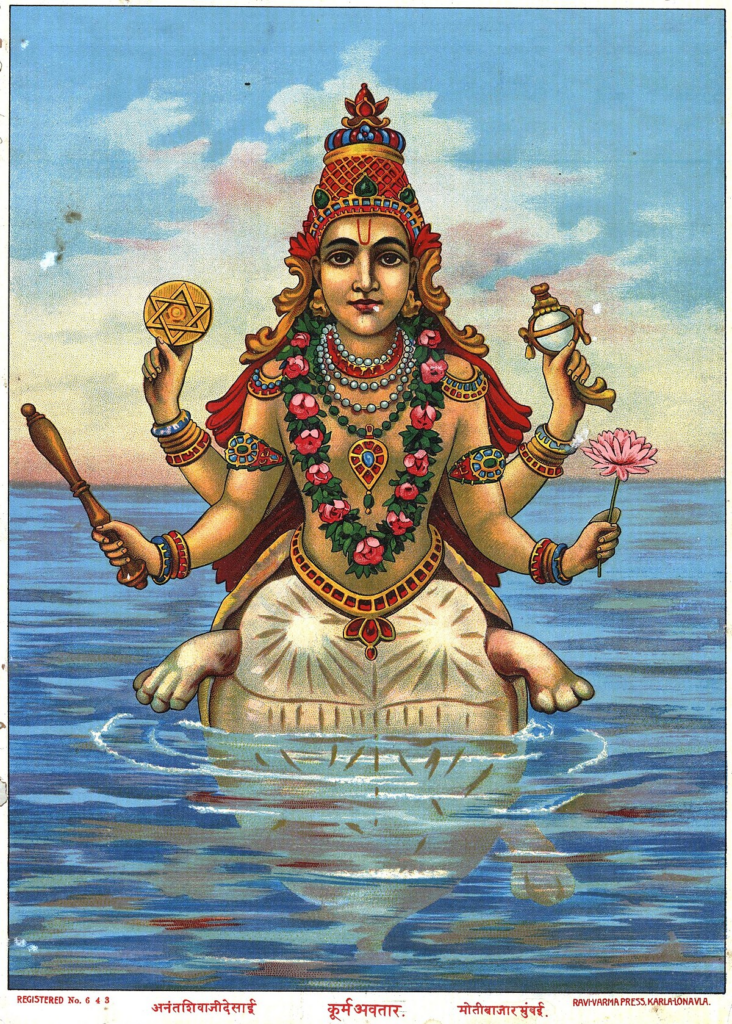
Image Source: Matsya avatar in British Museum, 1820
Varaha: The Boar that Rescues the Earth
Vishnu, in the form of the Varaha avatar, a powerful boar, appeared to rescue the Earth from the depths of the cosmic ocean when the demon Hiranyaksha carried it there. Varaha ultimately emerged victorious after a thousand-year-long titanic struggle, goring the demon with his powerful canines and restoring the Earth to its proper position.
The Varaha avatar symbolizes Vishnu’s function as the protector of the natural world, a guardian who intervenes to preserve the balance of the Earth and its inhabitants. This narrative also emphasizes the deity’s dedication to restoring order and harmony in the presence of malevolent forces that aim to disrupt the cosmic equilibrium.

Image Source: Pinterest
Narasimha: The Fearsome Man-Lion
Hiranyakashipu, a formidable demon who had acquired a boon that rendered him nearly impervious, commenced his reign of terror over the Earth and the cosmos. In response, Vishnu assumed the form of the Narasimha avatar, a being that was neither completely human nor fully animal, in order to confront the tyrannical demon.
Narasimha emerged from a pillar in a dramatic showdown, neither inside nor outside. He disemboweled Hiranyakashipu with his fearsome claws, thereby eliminating the menace to the cosmic order. This avatar is especially cherished by warrior communities, who regard Narasimha’s ferocity as a representation of the divine’s ability to defend the righteous and vanquish evil.

Image Source: Facebook
Vamana: The Diminutive Dwarf who Conquered the Universe
The gods sought Vishnu’s help when Bali, the demon king, achieved dominion over the entire universe through his pious actions. In response, the deity manifested as Vamana, a diminutive Brahmin, and approached Bali with a modest request for a mere three steps of land.
The unsuspecting Bali soon witnessed Vamana’s transformation into a colossal figure, who in three mighty strides claimed the heavens, the Earth, and the underworld, effectively restoring the cosmic equilibrium and deposing the arrogant demon king, after granting the request. This avatar, also referred to as Trivikrama or “the Taker of the Three Steps,” exemplifies Vishnu’s capacity to overcome adversity by prudently employing divine power and strategic guile.

Image Source: Pinterest
Parashurama: The Brahmin Warrior who Upheld the Social Order
In the Parashurama avatar, Vishnu is depicted as a vengeful Brahmin who wields a powerful axe to fight against the increasing arrogance and contempt of the Kshatriya, or warrior, caste. Parashurama, incensed by his father’s murder, initiated a crusade to restore the proper social order. He succeeded in annihilating the Kshatriyas twenty-one times and contaminating lakes with their blood.
This avatar symbolizes Vishnu’s function as the protector of dharma, the cosmic law that regulates the social and moral structure of Hindu society. Parashurama’s restoration of the Brahmin class’s primacy served as a testament to the deity’s dedication to the preservation of the traditional social hierarchy, a motif that would persist in the subsequent avatars.

Image Source: pinterest
Rama: The Epitome of Virtue and Righteousness
Perhaps the most renowned and revered figure in Hindu mythology is Lord Rama, the seventh avatar of Vishnu. The epic Ramayana, a timeless narrative of heroism, love, and the triumph of good over evil, is centered around Rama, who is depicted with a bow and arrow and a distinctive blue complexion.
Rama’s unwavering commitment to dharma, despite the abduction of his wife, Sita, and exile, has established him as the rightful monarch of Ayodhya, rendering him a model of moral uprightness and virtue. His accomplishments, which include the defeat of the ten-headed demon monarch Ravana, have solidified his position as a role model for Hindu kings and rulers throughout the ages.

Krishna: The Enigmatic Divine Statesman
Lord Krishna, the eighth avatar of Vishnu, is a figure of unparalleled complexity and multifaceted symbolism. Krishna’s life story is a tapestry of divine exploits, romantic escapades, and shrewd political maneuvering, as depicted by his distinctive blue complexion and peacock-feather crown.
Krishna’s many incarnations have enraptured the imagination of both devotees and artists, from his humble beginnings as a cowherd in the pastoral idyll of Vrindavan to his pivotal role as a counselor and charioteer in the epic Mahabharata. His status as a divine statesman, an embodiment of Vishnu’s wisdom and guidance, has been solidified by his teachings in the Bhagavad Gita, a philosophical masterpiece that is embedded within the Mahabharata.

Balarama: The Powerful Elder Brother of Krishna
Balarama, Krishna’s elder sibling, is a significant figure in Hindu mythology, despite not always being included among the canonical ten avatars of Vishnu. Balarama, who is depicted with pale skin in contrast to Krishna’s distinctive blue hue, is admired for his unwavering loyalty to his junior sibling and his prodigious strength.
In certain traditions, Balarama is even regarded as an incarnation of Vishnu’s serpent companion, Shesha, and his exploits frequently intersect with those of Krishna. Balarama’s inclusion in the pantheon of Vishnu’s avatars, despite the fact that he is rarely worshipped independently, emphasizes the significance of kinship in the cosmic order and the deity’s familial connections.

Image Source: Pinterest
Buddha: The Enlightened Avatar
The Buddha is acknowledged as the ninth avatar of Vishnu in specific Hindu traditions, a remarkable convergence of the two major religious traditions of the Indian subcontinent. This incarnation symbolizes Vishnu’s descent into the world to spread a message of enlightenment and compassion that would ultimately give rise to the Buddhist faith, a counterpoint to the ills of Hinduism.
Nevertheless, the Buddha’s incorporation as a Vishnu avatar has been the subject of extensive debate and interpretation. Some scholars argue that this was a strategic decision by Hinduism to integrate Buddhism into its own theological framework, while others see it as a testament to the adaptability and fluidity of the Hindu worldview.

Image Source: Quora and google images
Kalki: The Harbinger of a New Golden Age
Kalki, the tenth and concluding avatar of Vishnu, is a figure of profound eschatological significance. Kalki is a mighty warrior who is believed to emerge at the conclusion of the Kali Yuga, the current epoch of moral decay and spiritual decline. He is depicted as riding a white horse and wielding a blazing sword to vanquish the forces of evil and herald in a new golden age of righteousness.
Vishnu’s function as the ultimate preserver and restorer of the cosmic order is symbolized by the Kalki avatar. Kalki embodies the cyclical nature of creation, devastation, and regeneration that is at the core of Hindu cosmology by defeating the forces of darkness and introducing a new era of harmony and prosperity.
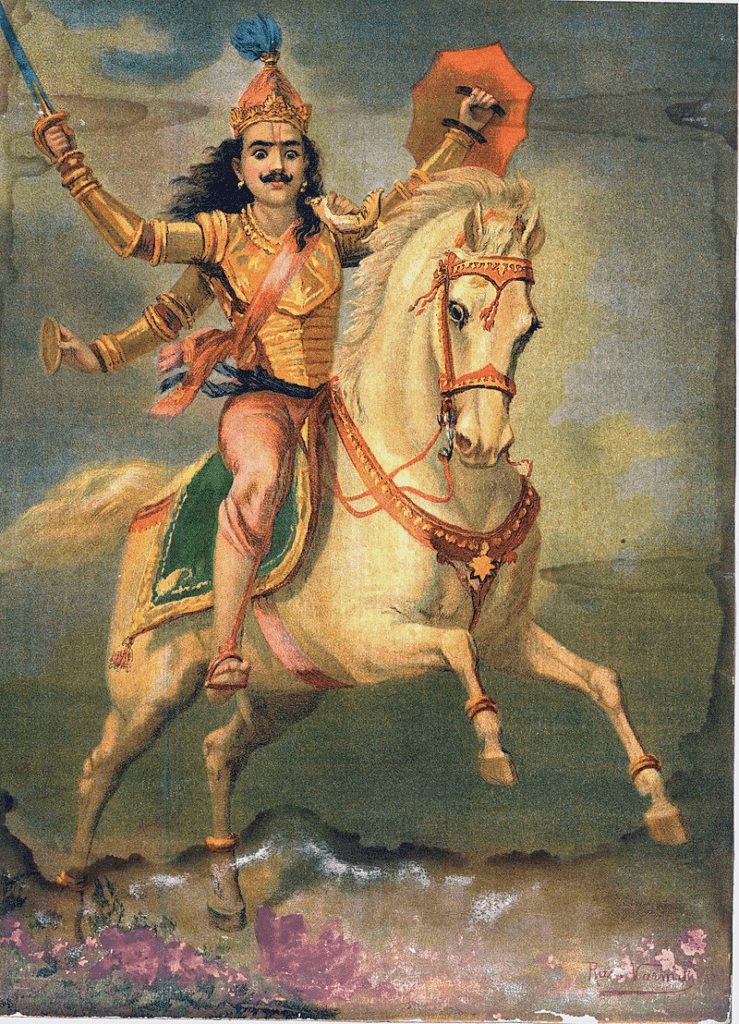
Image Source: Wikipedia and google images
Exploring the Tapestry of Vishnu’s Avatars
A rich tapestry of diverse forms, each woven with intricate narratives and profound symbolic significance, is the pantheon of Vishnu’s incarnations. For millennia, Hindus have been captivated by the imagination of these incarnations of the divine preserver, from the aquatic Matsya to the futuristic Kalki, as they serve as allegories for the cosmic cycles of creation, preservation, and annihilation.
We can gain a more profound comprehension of the Hindu worldview by exploring the myths and legends that surround these avatars. In this worldview, the divine and the earthly are inextricably linked, and the preservation of dharma and cosmic order is the ultimate priority. In their multifaceted splendor, the avatars of Vishnu serve as timeless reminders of the divine’s enduring ability to intervene and restore equilibrium in the presence of adversity and disorder.
#Vishnu #Avatars 3VishnuAvatars #10avataroflordvishnu #lord #vishnu


